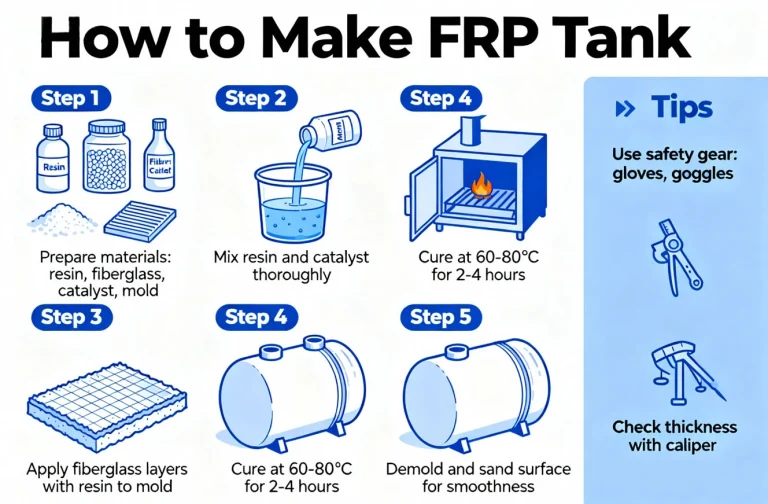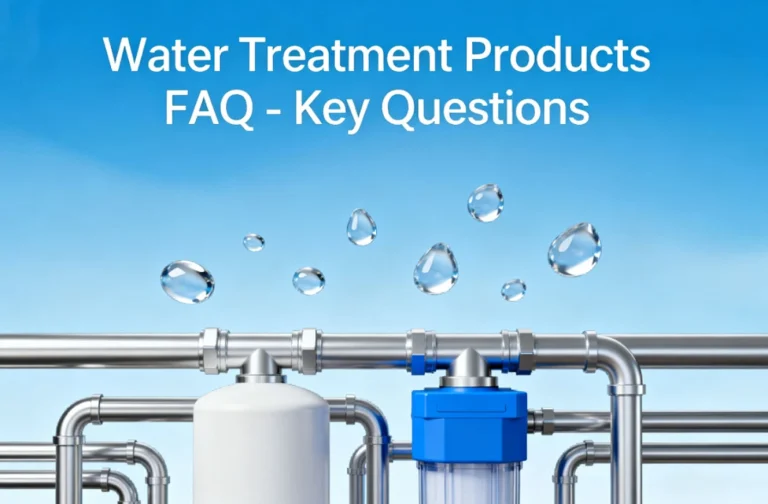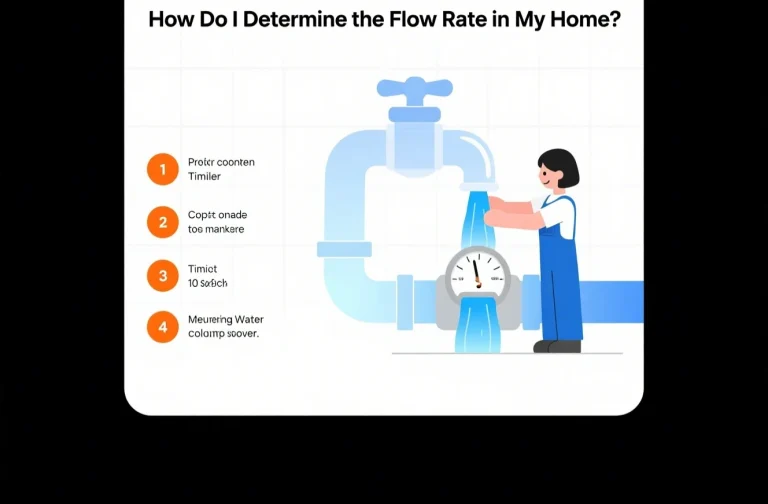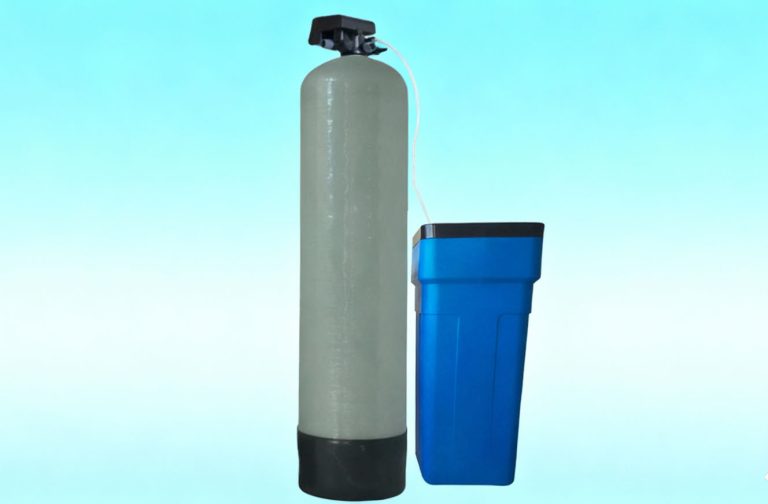BasideWT- Whole Home Water Filtration System & Replacement

What Is a Whole Home Water Filtration System?
Imagine turning on any tap in your house and getting clean, great-tasting water. A whole home water filtration system makes this possible. It is a single unit connected to your main water line. This system filters all the water entering your home.
That means every sink, shower, and appliance gets filtered water. It protects your family and your plumbing. It is a comprehensive solution for water quality. This guide explains everything you need to know about these systems.
How Does a Whole House Water Filter Work?
A whole house filter connects directly to your main water supply line. It is usually installed where the water enters your home, like your basement or garage. This point-of-entry system ensures water is filtered at the source.
Water passes through the filtration system before going to any pipes. The system contains one or more filtration stages. Each stage uses different technology to remove specific contaminants. Finally, the freshly filtered water flows to every faucet and appliance in your house.
The Core Components of the System
Every system has a few key parts. The main housing is a durable canister that holds the filter cartridges. These cartridges are the heart of the system, doing the actual filtering.
An important part is the bypass valve. This valve lets you redirect water around the filter for maintenance. You won’t lose your water supply while changing a filter. Brackets and pipes connect everything securely to your main water line.
Different Types of Whole Home Filtration Systems
There are several types of whole house filters. Each type targets different water problems. The right choice depends on your water’s specific contaminants.
Sediment Filters: These are often the first line of defense. They remove dirt, sand, rust, and other physical particles from your water. They protect your plumbing and other filters from getting clogged.
Carbon Filters: These are excellent for improving taste and odor. They use activated carbon to remove chlorine, pesticides, and some organic chemicals. They make your water smell and taste much better.
Water Softeners: These systems specifically remove hardness minerals like calcium and magnesium. They use an ion exchange process to prevent scale buildup in your pipes and appliances. They are ideal for dealing with hard water issues.
UV Purification Systems: These systems use ultraviolet light to kill bacteria and viruses. They don’t remove physical particles but are great for disinfecting water. They are often added to other filtration systems for complete protection.
Reverse Osmosis Systems: For the broadest contaminant removal, some whole-house systems use reverse osmosis (RO). RO forces water through a semi-permeable membrane, removing a vast array of impurities. They are highly effective but can be more expensive.
Combination and Multi-Stage Systems
Most homes benefit from a multi-stage system. A common setup is a sediment filter followed by a carbon filter. This combination removes particles and chemicals.
For more complex issues, a three-stage system adds a specialty filter. This could target heavy metals like lead or arsenic. Combining different technologies provides comprehensive water treatment for your entire home.

Key Benefits of Installing a Whole House System
The advantages of a whole house filter extend to your health, home, and wallet.
Healthier Water for Drinking and Cooking: Enjoy clean, great-tasting water from every tap. You won’t need separate countertop filters. Your drinking water and cooking water will be consistently pure.
Softer Skin and Hair: Chlorine and other chemicals in shower water can dry out your skin and hair. A whole house filter removes these irritants. You may notice softer skin and shinier hair after showering.
Protection for Appliances and Plumbing: Filtered water prevents scale and sediment buildup. This protects your expensive appliances like washing machines, dishwashers, and water heaters. They will run more efficiently and last longer.
Convenience and Low Maintenance: You maintain one system instead of individual filters on every faucet. Whole house filters typically only need cartridge changes every 6-12 months. It’s a simple, set-and-forget solution.
Choosing the Right System for Your Home
Selecting the best system requires understanding your water and your needs.
Get Your Water Tested: This is the most important first step. You can use a home test kit or hire a professional. Testing identifies exactly which contaminants are present and their levels. This tells you what you need to filter out.
Consider Your Water Usage: Look at your family’s daily water consumption. Systems are rated by their flow rate (measured in gallons per minute). Choose a system that can handle your peak water use without a pressure drop.
Evaluate Filter Life and Cost: Check how long the filters are designed to last and how much replacements cost. Factor in this ongoing maintenance when making your decision. Some systems have more affordable long-term costs.
Professional Installation vs. DIY
Installing a whole house filter involves working with your main water line. This can be complex. Many homeowners prefer to hire a professional plumber. They ensure the system is installed correctly and safely.
However, some handy homeowners attempt a DIY installation. If you choose this route, ensure you have the right tools and skills. Always remember to shut off your main water supply before starting any work.
Maintaining Your Whole House Water Filter
Regular maintenance is crucial for peak performance. The main task is replacing the filter cartridges. The timeline for this depends on your water quality and usage.
Most manufacturers recommend changing filters every 6 to 12 months. A sediment filter may need changing more often than a carbon filter. Your system’s manual will provide specific guidance.
You should also occasionally check for leaks around the housing unit. Ensure the bypass valve is functioning properly. A little maintenance ensures years of clean, safe water.
Signs Your Filter Needs Changing
Watch for clues that your filter is exhausted. A noticeable drop in water pressure throughout the house is a common sign. If the taste or odor of your water returns, the carbon filter is likely spent.
Visible discoloration or particles in your water also signal it’s time for a change. Keeping a schedule is the best way to avoid these problems.







